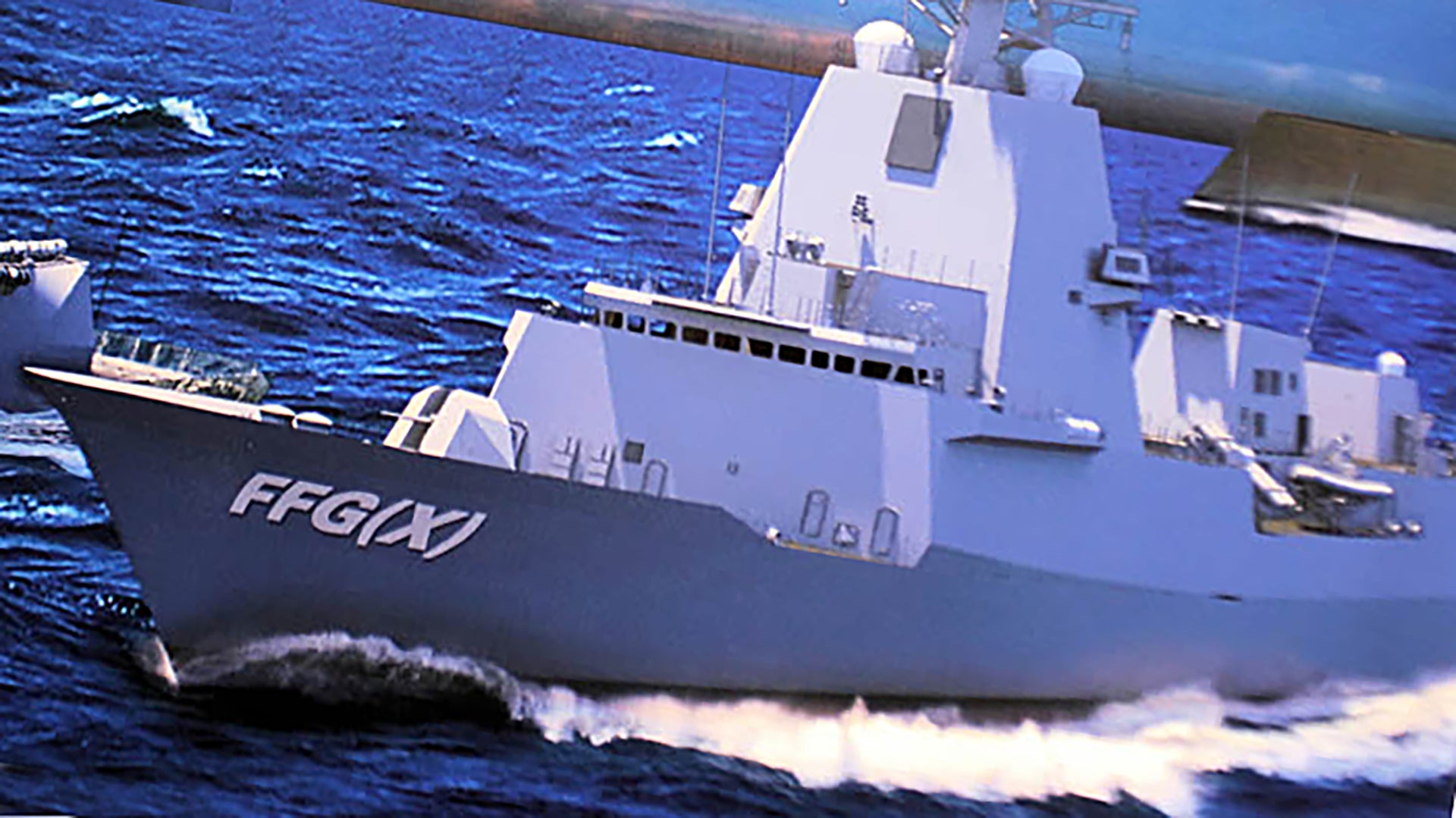The Navy has moved forward with funding five potential designs that could fulfill its future guided missile frigate FFG(X) requirement. At least 20 of these vessels will be built, and as we have discussed in detail before, the project is among the Navy’s most important initiatives. Fielding a highly capable surface combatant that can pick up many missions currently being conducted by over-tasked and far more expensive destroyers will be essential to providing a more flexible and sustainable fleet in the decades to come.
The $15M contracts were awarded to General Dynamics Bath Iron Works, Fincantieri Marine, Huntington Ingalls, Austal USA, and Lockheed Martin. The last two vendors currently build Littoral Combat Ships—the monohull Freedom class and the Independence class trimaran—for the U.S. Navy and both of their FFG(X) designs are based on those existing LCS platforms.
Huntington Ingalls will put forward a version of their Patrol Frigate concept based off the Coast Guard’s Legend class National Security Cutter. Fincentieri Marine’s design is based on the the Italian Fregata Europea Multi-Missione (FREMM) frigate. General Dynamics Bath Iron Works is proposing a modified variant of the F100 frigate, a Spanish design that is also in service with the Australian Navy.

All five entrants are based on mature platforms that already exist in one fashion or another. This lowers risk, development time, and cost. It’s worth noting that some entrants are already closer in form to the Navy’s requirements than others. Of the five being put forward, Bath Iron Works F100 class derivative—a ship that was already built for an Aegis system—seems to match the requirements very closely without major design revisions. It also helps that two close U.S. allies are already operating the type in separate configurations. Its elevated superstructure design also provides enhanced line-of-sight for its phased arrays radars, something the other competitors may have trouble integrating into their existing designs.

The plan is that the Navy will evaluate each design as it matures and will understand the various options each vendor proposes with their entrant and the projected costs that go along with them. Finalized proposals will be submitted in 2019 with a single-source contract being awarded in 2020.

The Navy is willing to spend roughly $1B per ship, which should buy a very capable surface combatant. You can read all about this and the requirements set by the Navy for the FFG(X) in this past article.

It is worth noting that one contender was left out of this phase of the program, the U.S.-German consortium made up of Atlas USA and ThyssenKrupp Marine Systems. ThyssenKrupp is a key contractor on Germany’s abortive Type 125 frigates that the German Navy decided to reject due to a slew of issues.
Weeks after we initially reported on the blunder the story made international headlines. It’s not clear if the debacle had anything to do with the Navy leaving the team out of the FFG(X) tender. Being able to produce a frigate with minimal developmental and construction hiccups will be essential for fielding the first vessels by 2025.

As far as reforming one of the existing Littoral Combat Ship designs or the FFG(X) role, both Lockheed and Austal have high hopes that they can keep their LCS production lines open with FFG(X)s, especially seeing that the LCS production program was curtailed after a dismal record of meeting its goals.
Lockheed’s Freedom class design may have a leg up on Austal’s Independence class for the FFG(X) bid as Saudi Arabia is ordering a variant of the design that has a lot in common with the Navy’s FFG(X) requirements—especially in the anti-air warfare capability department. This could offset developmental costs for the Navy to some degree, although the idea of sticking with the LCS jet boat concept—which is largely regarded as vulnerable to battle damage—in an even more bloated form may be a path the Navy avoids regardless of synergies in development costs and commonality.
There is no doubt that this is an exciting time for many of us who have pled for the Navy to field a proper frigate for years. With this in mind, the final 2019 selection can’t come soon enough.
Contact the author: Tyler@thedrive.com
